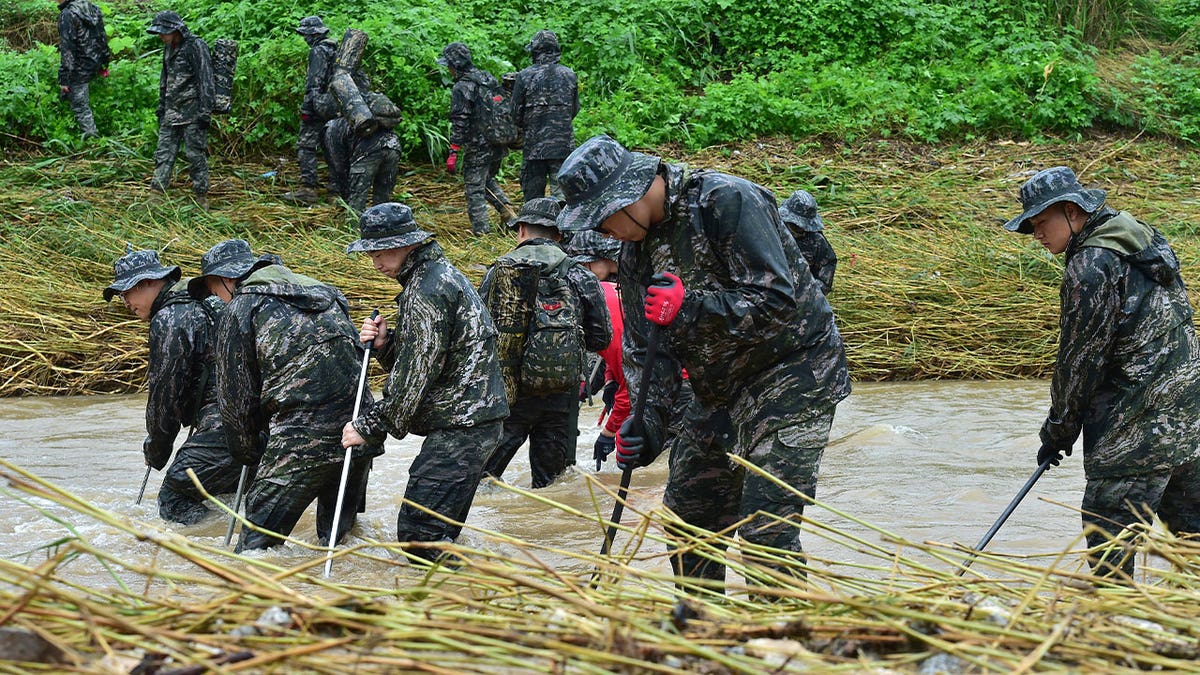Following over a week of relentless downpours, South Korea is grappling with the aftermath of landslides and flooding. Rescue teams are working tirelessly to locate nine individuals still missing, while the military has deployed over 10,000 troops to bolster rescue and recovery efforts.
The heavy rains, which began on July 9th, have tragically claimed 41 lives, injured 35, and displaced approximately 12,780 people. Power outages have also affected close to 28,600 households. President Yoon Suk Yeol has directed officials to utilize all available resources to find any remaining survivors, provide aid to those affected, and initiate recovery operations.
The government intends to designate the hardest-hit regions as special disaster zones to expedite the recovery process. The Defense Ministry has dispatched 11,000 soldiers and necessary equipment to support the search for the missing and address the widespread damage.

The central and southern regions of the country have borne the brunt of the devastation, with the missing individuals concentrated in the southeastern North Gyeongsang province and the city of Busan. A flash flood in a tunnel in Cheongju resulted in 14 fatalities, trapping 17 vehicles, including a bus. While divers and rescue workers initially searched for survivors and recovered bodies, operations within the tunnel concluded on Monday night.
These severe weather events are part of a larger global pattern of extreme rainfall and flooding. Earlier this month, similar devastating floods impacted regions of India, Japan, China, Turkey, and the United States. Atmospheric scientists attribute the increasing frequency of these extreme weather events to climate change, as storms develop in a warmer atmosphere, leading to more intense rainfall.
Comments(0)
Top Comments